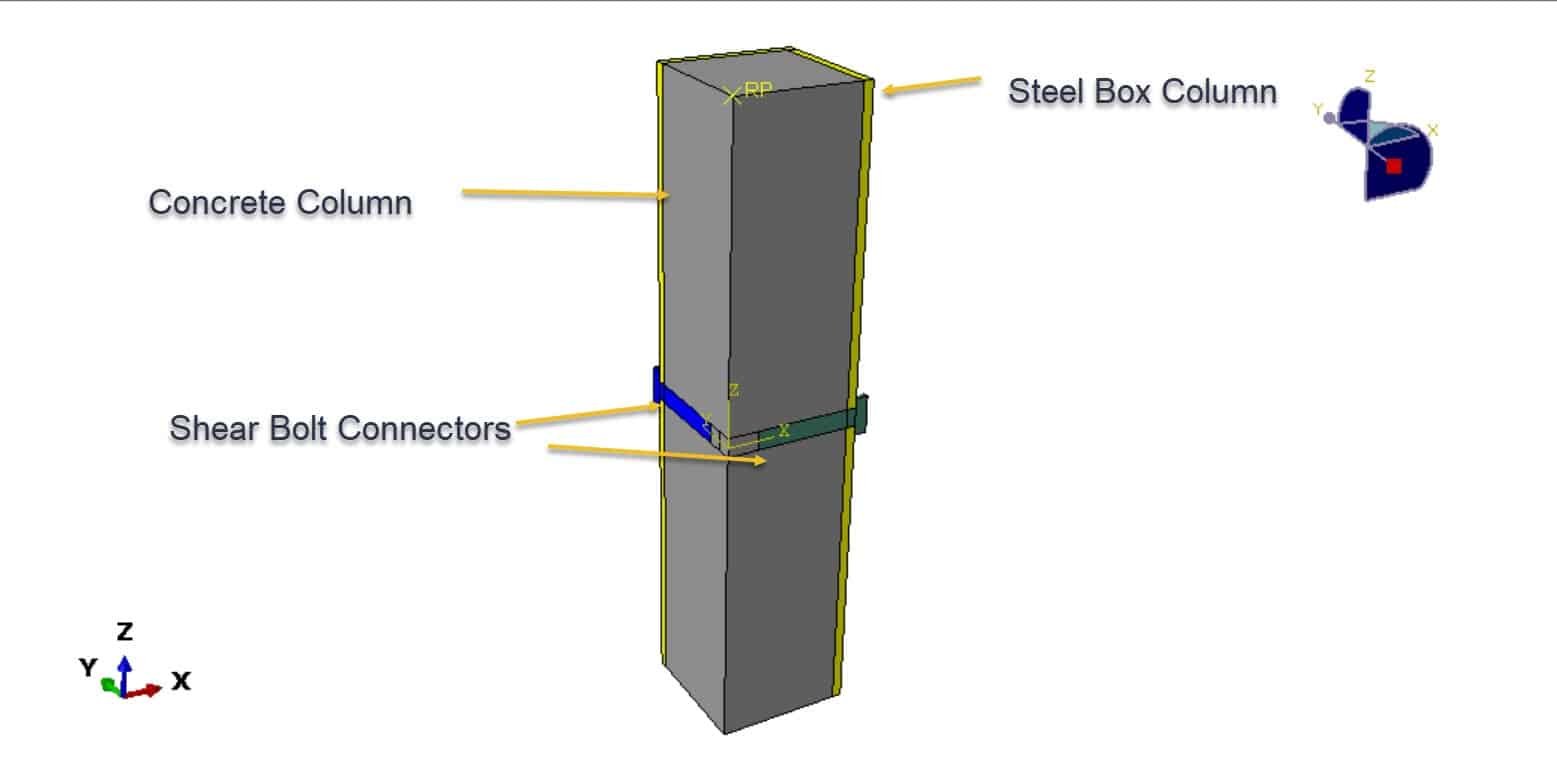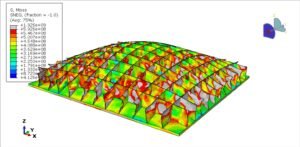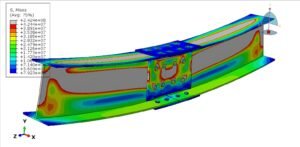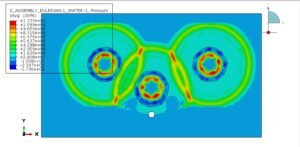





Concrete-filled steel tube (CFST) columns are widely used in modern structural engineering due to their excellent load-bearing capacity, ductility, and fire resistance. These composite columns combine the high compressive strength of concrete with the tensile strength and ductility of steel, resulting in efficient and economical load-carrying systems.
To ensure effective composite action between the steel tube and the infilled concrete, shear connectors are employed. These connectors transfer shear forces across the steel-concrete interface, enabling the two materials to act as a single unit under loading. Among various types of shear connectors—such as headed studs, ribs, and spiral bars—bolts have gained attention as an alternative, particularly in retrofitting, precast, or removable structures.
Bolts serve as mechanical connectors that penetrate the steel tube wall and embed into the concrete core. Their primary function is to:
Transfer longitudinal shear between the steel tube and the concrete.
Prevent slips at the interface under axial or lateral loads.
Enhance the load capacity and stiffness of the composite column.
In certain applications, bolts are preferred due to their ease of installation, reusability, and compatibility with dry construction methods. They also offer better control over the positioning and alignment of connectors compared to welded studs.
Through-bolts: Pass completely through the steel tube and are anchored on both sides.
Partially embedded bolts: Threaded into the steel tube and extend into the concrete.
Post-installed bolts: Installed after the concrete has hardened, using drilling and anchoring techniques.
The effectiveness of bolt connectors depends on several factors, including bolt diameter, embedment length, spacing, and concrete confinement. Experimental and numerical studies have been conducted to understand their load-slip behavior, failure modes, and design optimization.
This example is similar to the paper here: Study of bolts used as shear connectors in concrete-filled steel tubes


Abaqus
€68,00 €34,00

Abaqus
€77,00 €39,00

Abaqus
€79,00 €39,00

Abaqus
€75,00 €37,00

Abaqus
€76,00 €38,00

Abaqus
€79,00 €38,00
See more

Want to receive push notifications for all major on-site activities?